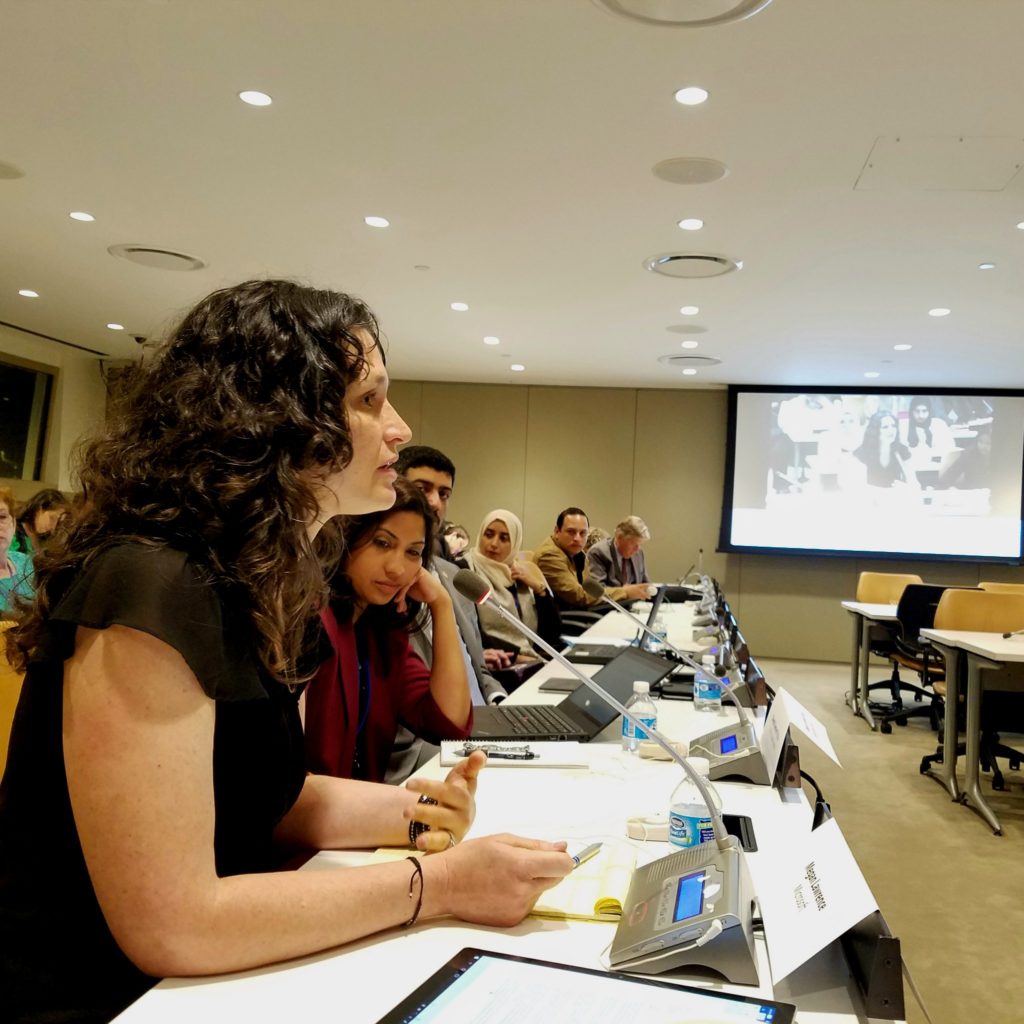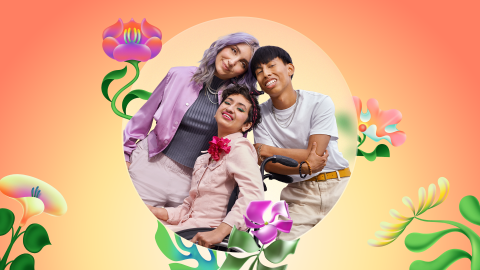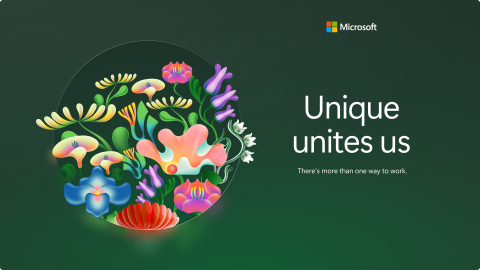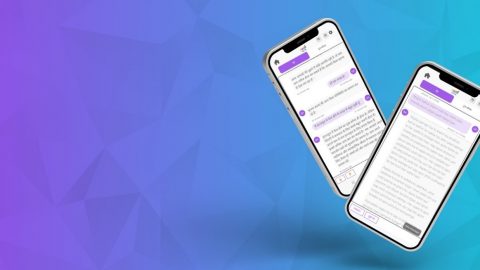The Path to Inclusion is Paved with Collaboration and Partnerships
By Megan Lawrence, PhD, Accessibility Technical Evangelist at Microsoft.
As a passionate advocate for disability inclusion, there is nothing I like better than sharing Microsoft’s Accessibility story, swapping best practices and learning from my peers.
I recently attended a great series of events on the east coast of the U.S. focused on the importance of global accessibility and inclusion. Together with this diverse set of thinkers, I was reminded of how accessibility is everywhere and is embedded into how we all live our lives. Ultimately, it is collaboration and partnerships across organizations that will drive inclusion.
M-Enabling Summit in Washington D.C.
Recently, at the M-Enabling Summit in Washington D.C., Microsoft’s Accessibility team connected with accessibility professionals, industry peers, service organizations/NGOs, government agencies and more.
To kick off the conference, I participated in a panel discussion on the topic of accessibility and Smart Cities. This is a topic I’m extremely excited about because Smart Cities have the power to create more inclusive environments in our own backyards. The biggest takeaway from that panel I want to share is that we must be responsible for embedding accessibility not just into products and services, but into the very fabric of our organizations. One way to accomplish that is through inclusive hiring. Together, the other panel participants and I had a lively conversation on the inclusive hiring panel and agreed that people with disabilities are a strength to every organization. In order to truly reduce the unemployment rate for people with disabilities, we must come together and reduce barriers in education, training, hiring and the workplace.
Others from Microsoft’s Accessibility team, including Jenny Lay-Flurrie and Mary Bellard, spoke on panels at the conference. One panel dove into how artificial intelligence and robotics have the power to make the world a more inclusive place now and into the future; the other focused on assistive technologies relying on user’s input to operate, but with the power of artificial intelligence, cognitive computing and robotics, AT can understand the user’s needs and perform functions in lieu of human support. If you missed the plenary panel, it’s not too late. You can watch Jenny and her colleagues talk about how Microsoft’s partnership with Steve Gleason is researching ways to do more with eye-gaze technology and you can hear panelists speculate on when we will (hopefully!) all have robots to do our laundry.
From these discussions, it was even more clear to me that when accessibility is at the heart of inclusive design, we not only make technology that is accessible for people with disabilities, we invest in the future of natural user interface design and improved usability for everyone. One great example of this in practice from Microsoft is a new plugin for hands-free typing called Dictate. It integrates into popular tools such as Outlook, Word and PowerPoint. This type of technology enables peoples with disabilities to have easier access and more productivity when writing and communicating.
United Nations Panel in New York
I was deeply honored to participate in the Smart Cities for All ICT (information and communications technology) for Inclusive Urban Development panel at the 10th Conference of State Parties to Convention on the Rights of Persons with Disabilities (CRPD) at the United Nations in New York City. It was a thrill to address accessibility leaders at the UN (a fact my mom is still texting friends and family about!) and to join G3ict and World Enabled in announcing the development of localized versions of the Smart Cities for All Toolkit in Arabic, Hindi, and Marathi. Microsoft is excited to support the availability of the toolkit more broadly.
Megan Lawrence (left) speaks on panel at UN in New York.Cities all over the world are using ICT to promote innovation and inclusion. Creating inclusive cities, where most of the world’s population lives today, means making sure ICT is accessible from “ATMS to Zoos” – or, A to Z.
Collaboration and partnerships that span the public and private sector can help ensure that cities are more accessible and usable for everyone. We are committed to doing our part to help cities leverage technology to get the job done.
What’s Next
Last week left me with one overarching thought: it is such an exciting time to be in accessibility! The sheer number of brilliant passionate people and organizations pushing the boundaries of what’s possible for people with disabilities is thrilling. I truly believe that rising tides makes all boats float, and by partnering with the global disability community, we will deliver on our mission to empower everyone to achieve more.
And as always, we love feedback! Tell us how Microsoft has helped you reach your goals @MSFTEnable and how we can continue to improve our products and service through the Disability Answer Desk (now with ASL support) and Accessibility User Voice Forum.
Connect with Megan Lawrence on Twitter.








